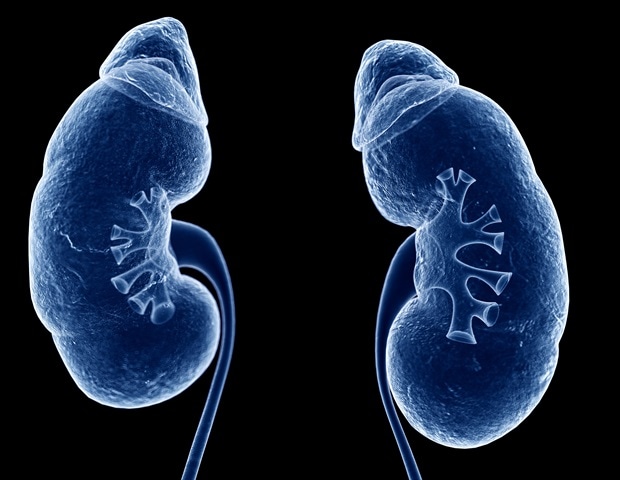Researchers have successfully used a virtual population to replicate a clinical trial that examined kidney damage in Black Americans, according to a new study at the University of Mississippi Medical Center in Jackson. John S. Clemmer, PhD, a physiologist and lead author of the study, said his team model used a calcium channel blocker to predict kidney damage. They were also able to simulate stopping the damage by adding drug therapy (angiotensin inhibitor) and reducing salt intake. The simulated treatments also improved virtual patients' heart sizes. The research will be presented in person at the American Physiological Society's (APS) annual meeting at Experimental Biology 2022 in Philadelphia.
In this study, researchers used a long-term existing clinical trial to determine the effect of calcium channel blockers in Black patients with poor kidney function. Then, they deployed a physiological model to simulate clinical trials and predict outcomes. The hope is that "these results and this technique could be used to predict potential risks to certain therapies in vulnerable populations," Clemmer said.
According to the National Kidney Foundation, Black people in the U.S., among other minorities, "may be at an increased risk for kidney disease." In fact, Black people are more than three times as likely as their white counterparts to have kidney failure. In addition, Black people have "much higher rates of high blood pressure, diabetes, obesity and heart disease, all of which increase the risk for kidney disease," the foundation reported.
American Physiological Society
Posted in: Medical Research News | Medical Condition News
Tags: Anatomy, Angiotensin, Biochemistry, Blood, Blood Pressure, Calcium, Calcium Channel Blocker, Clinical Trial, Diabetes, Heart, Heart Disease, High Blood Pressure, Kidney, Kidney Disease, Kidney Failure, Laboratory, Molecular Biology, Obesity, Pathology, Pharmacology, Physiology, Research
Source: Read Full Article
